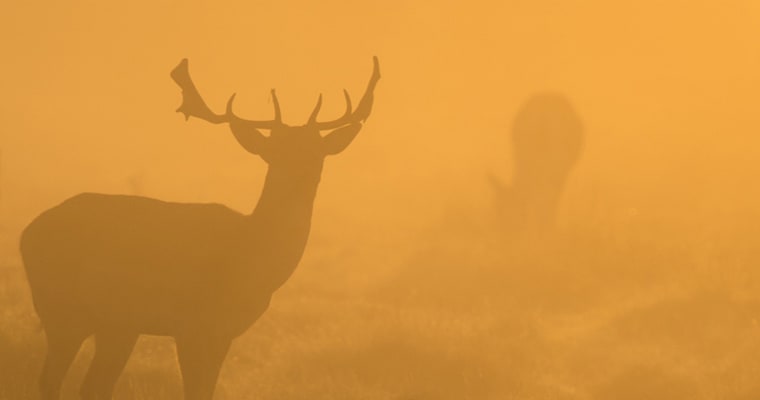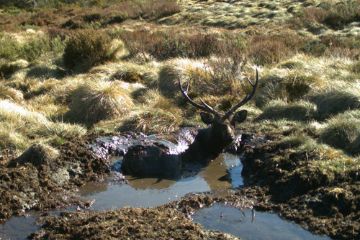The legal status of deer in Victoria is curious.
Protected wildlife: Chital, fallow, hog, red, rusa, sambar, sika, sika-red hybrids and Wapiti are listed as Protected Wildlife under the Wildlife Act 1975 and it is an offence to hunt, take, or destroy these deer species unless authorised.
Game Species: Chital, fallow, hog, red, rusa and sambar deer are also Game Species under the Wildlife Act 1975 and can be hunted by licensed game hunters under conditions.
Threatening process: Sambar deer are listed as a potentially threatening process under Victoria’s Flora and Fauna Guarantee Act 1988 because they pose a significant threat to the survival and evolutionary development of numerous plant taxa and ecological communities.
Exotic fauna: The National Parks Act 1975 requires the extermination or control of exotic fauna (including deer) in national and state parks, wilderness parks and other reserves.









